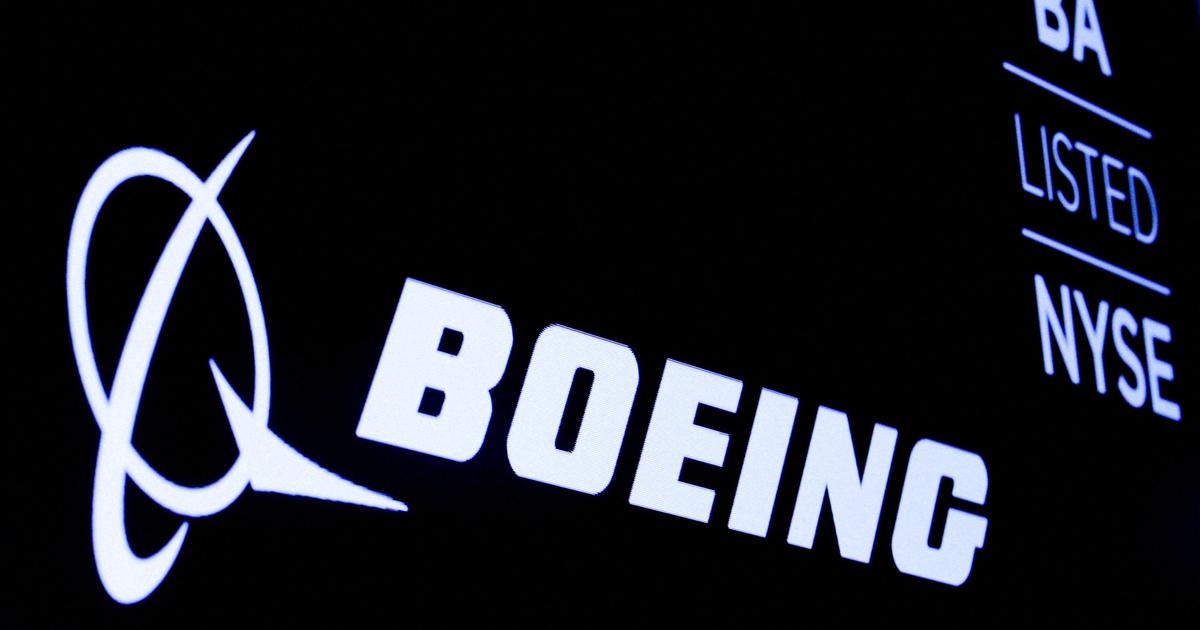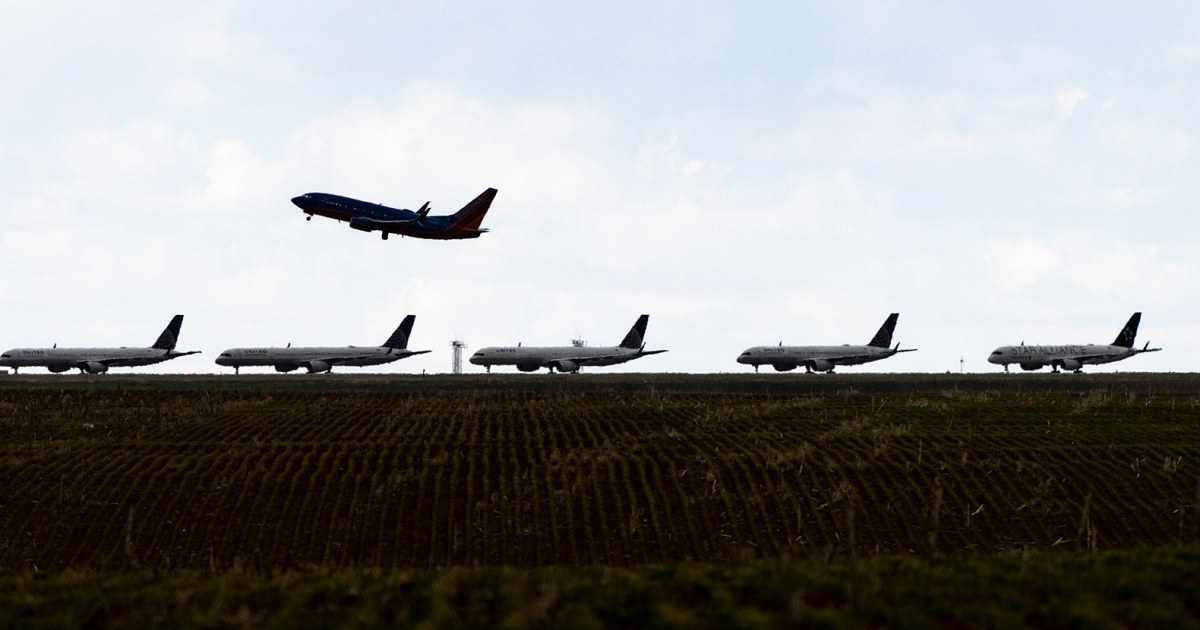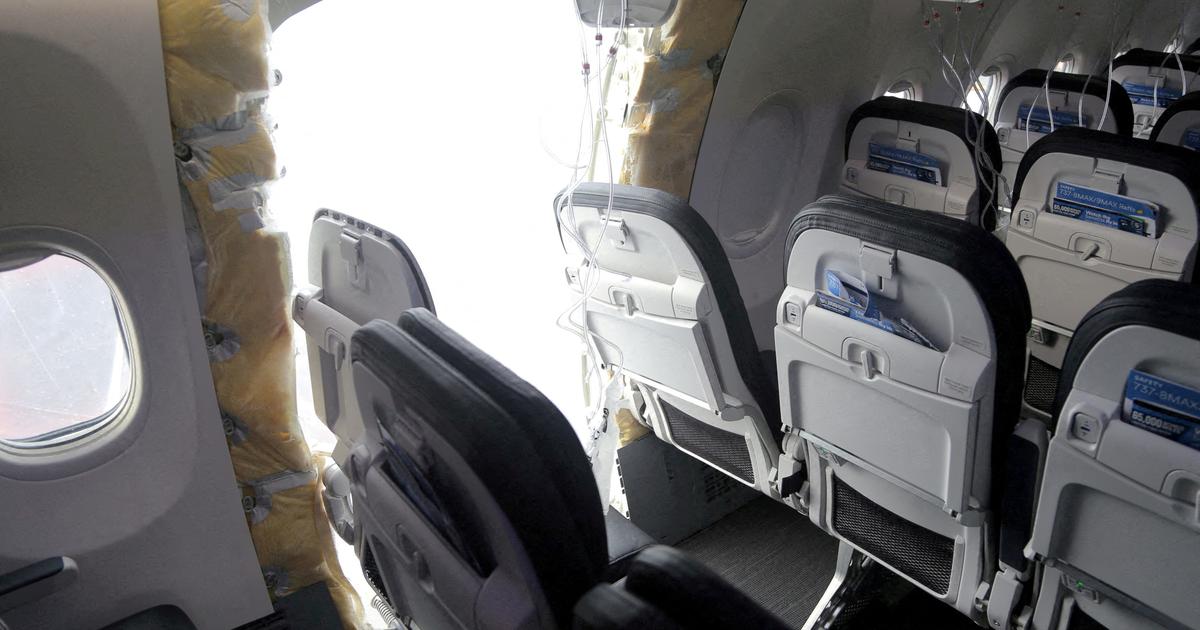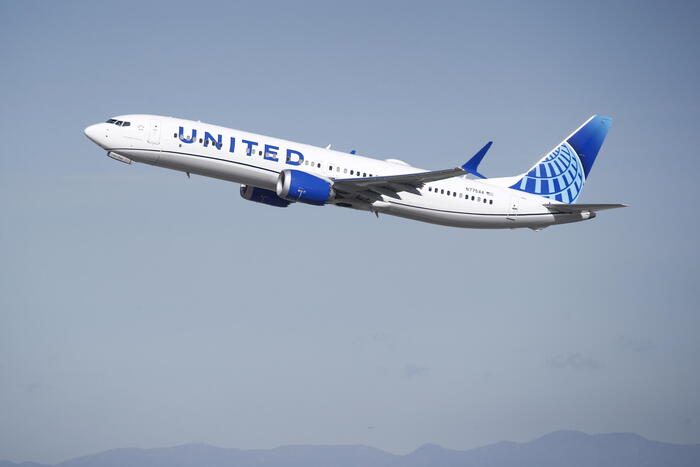Icon: enlarge
Boeing 737 Max: Always new defects
Photo: Joe Raedle / Getty Images / AFP
Boeing's 737 Max crisis jet fulfills important safety requirements from the point of view of the European aviation authority EASA.
"Our analysis shows that it is safe, and the level of safety achieved is high enough for us," said EASA chief Patrick Ky in an interview published on Friday with the Bloomberg news agency.
This means that the take-off ban for Boeing's most popular aircraft type, which has been in force since March 2019, could be lifted after more than a year and a half.
According to Ky, EASA is expected to publish its decision in November.
Then the public can comment on it for four weeks.
Aviation authorities from all over the world had the Boeing jet withdrawn after two crashes in October 2018 and in March 2019 with 346 deaths last year.
The main cause is considered to be faulty control software.
The 737 Max is a new edition of the Boeing 737, which has basically been built since the 1960s. It has more modern, larger engines and consumes less fuel than its predecessor.
Boeing wanted to have fixed the problems a long time ago, instead new deficiencies kept coming to light.
The group is accused of having brought the 737 Max onto the market in a rush to compete with Airbus and neglecting safety.
Two sensors
The software in question should prevent a too steep climb, which can lead to a stall and thus to a crash.
However, the software relied on the data from a single sensor.
In the accidents, this sensor provided incorrect data.
As a result, the software pulled the aircraft's nose further and further down - until it hit the ground.
In the revised version, the software now uses the data from two sensors.
The EASA even requested the installation of a third sensor.
This is now supposed to be a so-called synthetic sensor that is still to be developed.
According to Ky, this will take another 20 to 24 months.
In the long version of the jet, the 737 Max 10, which is not yet approved, it should be mandatory from the start.
The remaining variants will be retrofitted later.
EASA is particularly important when it comes to re-admitting the jet.
Its American counterpart, the FAA, is itself under great pressure.
Critics accuse her of turning a blind eye when the 737 Max was originally registered and allowing Boeing to lead her by the nose.
Billions in damage
EASA therefore carried out its own test flights with the revised 737 Max in the summer instead of relying on the judgment of the FAA.
The FAA had already completed its hot test phase for re-approval in early July.
The disaster surrounding the type of aircraft brought Boeing into a serious crisis even before the corona pandemic.
Airlines all over the world demanded compensation from the manufacturer because they were not allowed to use their machines and did not receive any jets they had ordered.
Boeing also built more than 400 machines of the type on heap.
The financial damage for the group has long since reached a double-digit billion sum.
Icon: The mirror
mik / dpa









